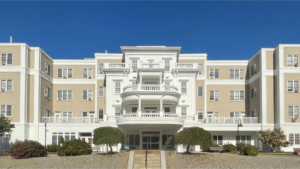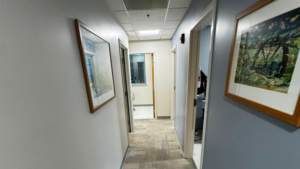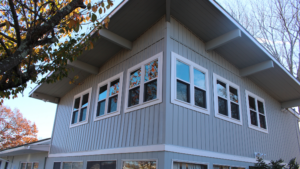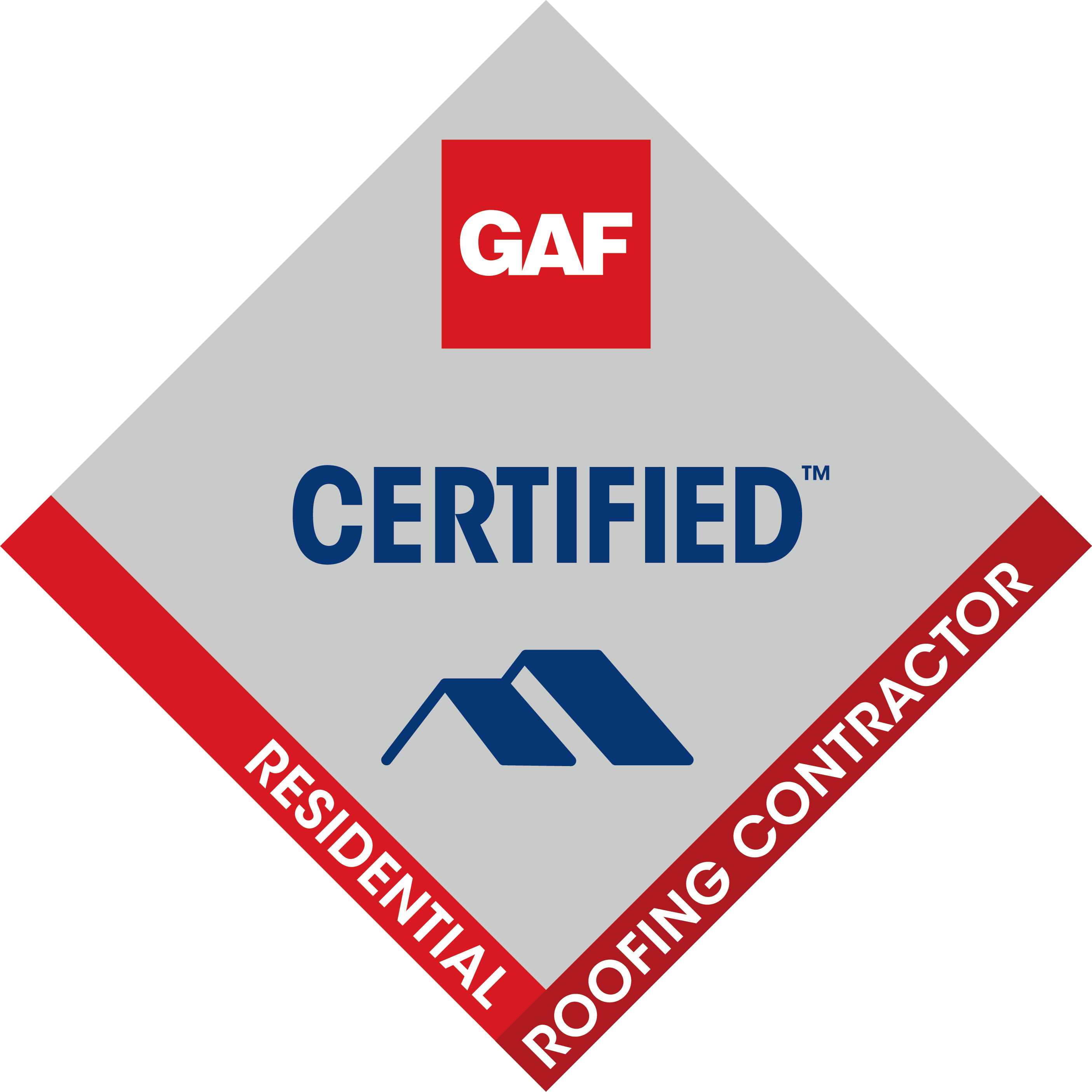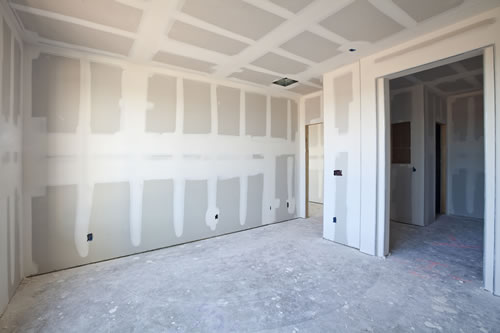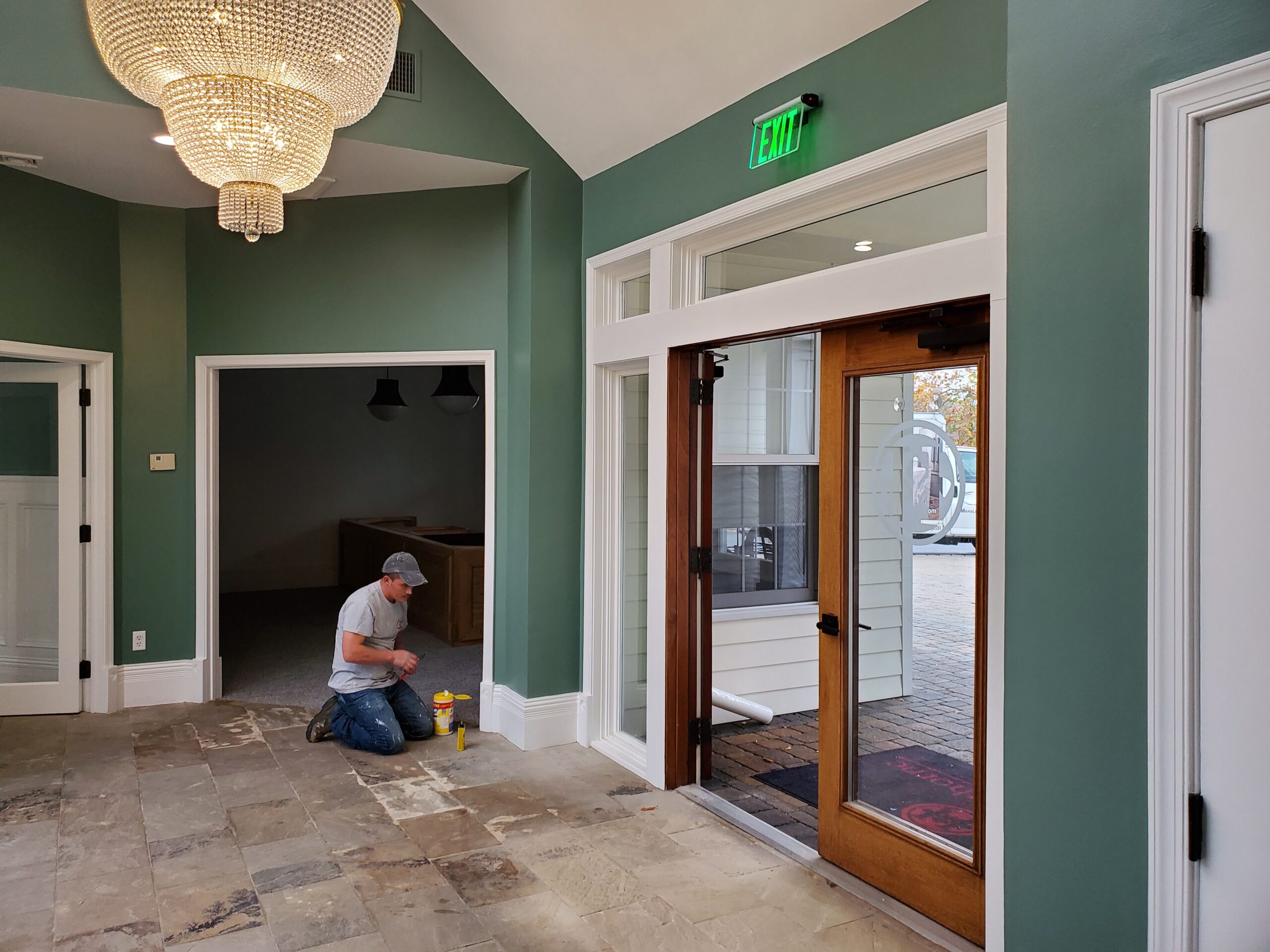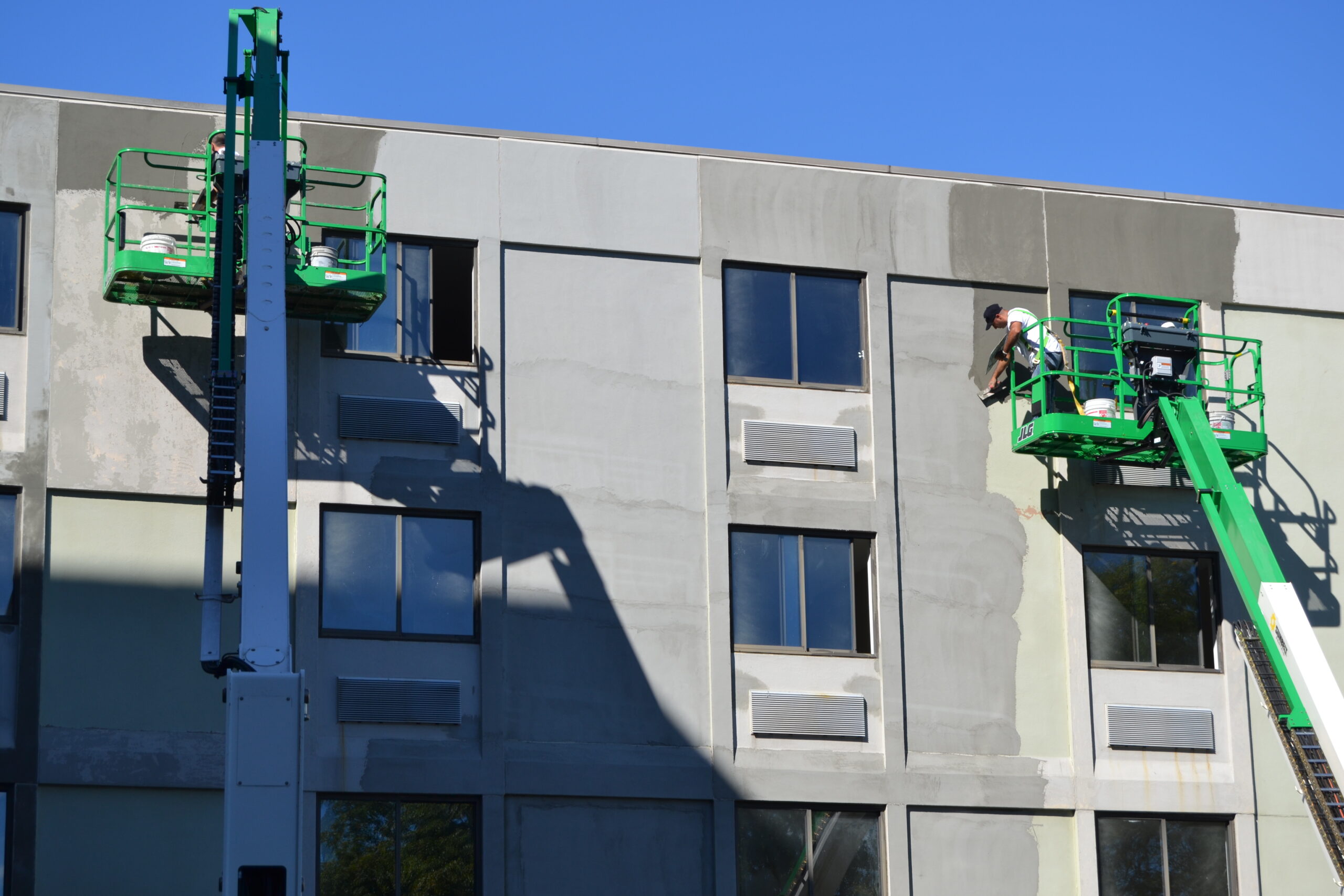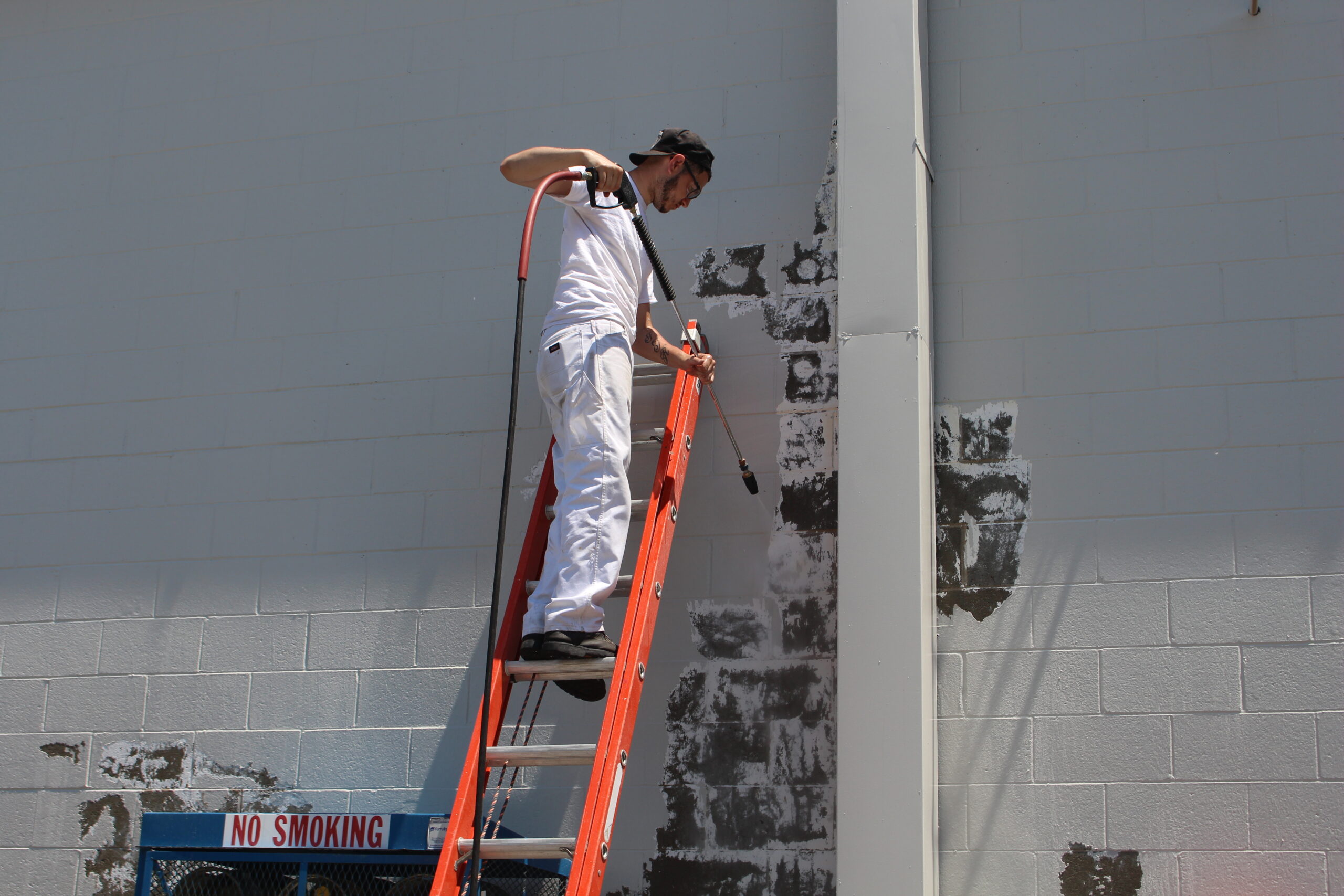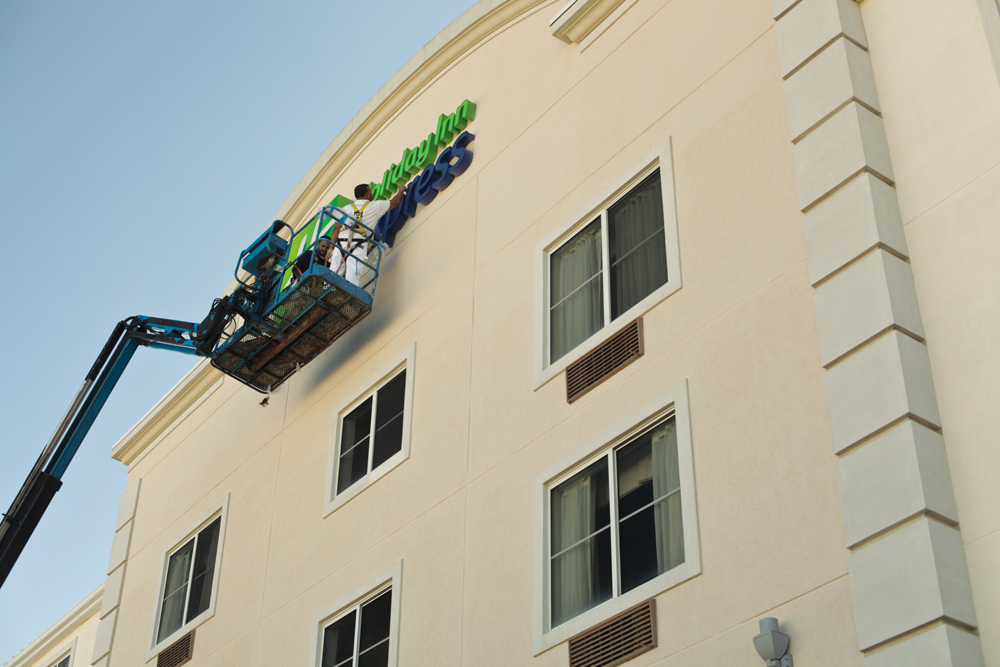
When it comes to planning and executing painting and renovation projects, every industry has its own ideal timeline, based on location, operations, and seasonal demands. This is especially true in the healthcare field. Whether you’re managing a hospital, assisted living facility, doctor’s office, or veterinary practice, your ideal renovation timeline can vary depending on several key factors.
Below, we’ve outlined suggested timelines and strategies tailored to your healthcare facility type.
Hospitals & Large Medical Centers
The scope and scheduling of projects in hospitals depend greatly on the specific area and its operational constraints. It’s often not possible to shut down entire wings or departments. Here’s how to approach renovations in critical care environments:
Suggested Timelines by Area:
ERs, Patient Rooms, Nurse Stations, and Nearby Corridors
- Full area closures may not be feasible.
- Work with your internal teams and contractors to schedule renovations a few rooms at a time during off-peak hours.
- Temporary nurse stations can be set up in waiting rooms or lesser-used areas nearby.
- Best work hours: Weekdays only – patients need uninterrupted rest, and weekends tend to be busier.
- Best seasons: Spring and Fall. Winter and summer often bring spikes in illnesses and accidents.
Day-Use Areas
- Includes: Surgical suites, waiting areas, cafés, gift shops, and more.
- These can often be worked on during overnight hours, provided they’re sufficiently distanced from patient rooms.
- Surgical Suites: If you have multiple, rotate closures one at a time.
- Hybrid schedules work well: closed weekdays for work, open weekends for use.
- Engage teams and contractors 3–4 months in advance to determine the ideal project timeline.
Labs, Pharmacies, and Support Spaces
- Like day-use areas, schedule during off-hours.
- For 24/7 areas, ask:
- Can other departments absorb workload? For instance, can the 4th floor pharmacy handle work from the ICU Pharmacy while you remodel the ICU Pharmacy?
- Can the space be temporarily relocated?
- Can non-peak hours (e.g., overnights) be used effectively?
Exterior Work
- While Spring and Fall are ideal, Summer may be more reliable for longer exterior projects due to unpredictable spring rain or early fall temperature drops.
- Plan in phases:
- Start with high-traffic areas like the ER or ambulance bay in early Spring to avoid summer rushes.
- Consider temporary entrance adjustments for smoother project execution.
Doctor & Veterinary Offices
Smaller practices offer more flexibility, but careful scheduling is still key.
Scheduling Tips:
- Plan work during weekends, after hours, or any time the office is closed.
- For 7-day-a-week operations, rotate room closures strategically.
- Creative solutions:
- Use virtual waiting systems (e.g., wait in cars, call when ready).
- Convert unused areas for temporarily offices and rooms.
Suggested Timeline:
- 3–4 months out: Finalize scope, hire contractors, set budgets.
- 1–2 months out: Communicate impacts to staff and patients.
Execution Windows:
- Best time: Summer – fewer routine visits, and fewer patients tend to schedule appointments.
- Busier seasons: Fall–Spring (flu, cold, allergy seasons).
Assisted Living Facilities
Due to the vulnerability of residents, assisted living centers often implement tighter controls during flu season and periods of higher illness risk.
Best Execution Window: May–October
- Helps reduce the risk of spreading illness.
- Avoids peak flu and cold season (fall and winter months).
Suggested Timeline:
- January–February: Budget planning and facility needs assessment
- March–April: Select materials (odorless, fast-drying), finalize schedules
- May–October: Execute in phases by wing or common area
- Unit Turnovers: Take advantage of vacancies for faster, low-impact updates
Important Considerations for Healthcare Facilities
Every healthcare center operates differently. That’s why it’s critical to work with your internal teams and an experienced contractor who understands the sensitivity of healthcare operations.
A well-planned project should:
- Minimize patient disruption
- Maintain operational flow
- Stay on time and within budget
Why re:fab?
At re:fab, we bring over 30 years of experience in painting and remodeling healthcare facilities of all sizes throughout New England and Central Florida. From hospitals to assisted living centers, we know how to get the job done with minimal disruption to patients, staff, and operations—and always on time and on budget.
Contact us today to start planning your next healthcare renovation project, or download our FREE Healthecare Design Resource to learn more!

